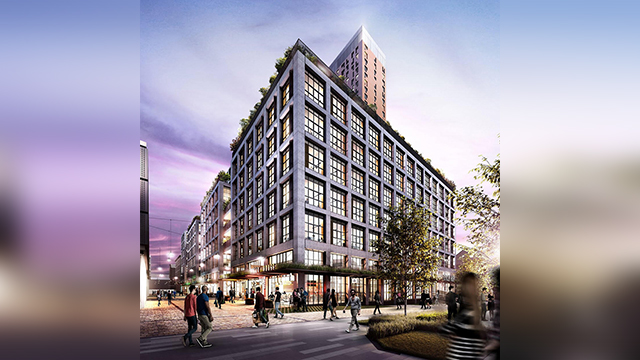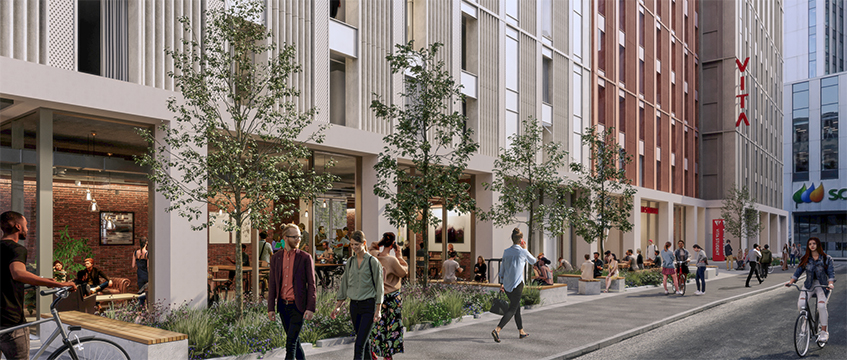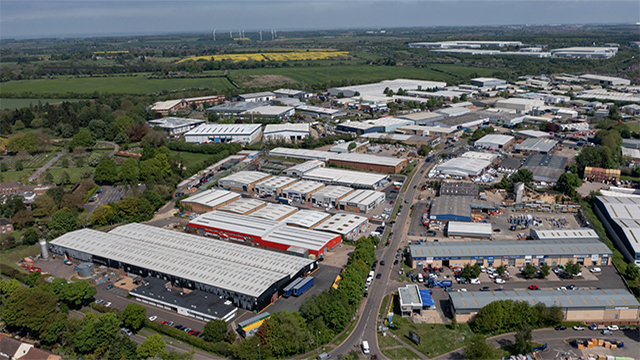What exactly is the curtilage of a building?
The Commons Act 2006 (the 2006 Act) enables landowners to apply to have land that was registered as a common under the Commons Registration Act 1965 removed from the register if certain preconditions are satisfied: see paragraph 6 of the second schedule. The deadline for such applications is 15 March 2027 (unless the application land is in areas where the 2006 Act was rolled out first, in which case the deadline is 31 December 2020).
Hampshire County Council v Secretary of State for Environment Food and Rural Affairs [2020] EWHC 959 (Admin) concerned an application to deregister land that formed part of Blackbushe Airport, in order to facilitate the construction of new buildings. The application affected 46.5 hectares and included the runway, taxiways, the fuel storage depot, and the terminal building, which was a two-storey building having an overall floor area of about 760 sq m.
The application was considered by a planning inspector, who held a public inquiry. He decided that the requisite conditions – that the land was covered by a building or was within the curtilage of a building when it was registered and has been ever since – were met. It followed that the airfield should be removed from the register of common land. But, in subsequent proceedings for judicial review, the objectors to the application questioned whether the airfield was within the “curtilage” of the terminal building.
The Commons Act 2006 (the 2006 Act) enables landowners to apply to have land that was registered as a common under the Commons Registration Act 1965 removed from the register if certain preconditions are satisfied: see paragraph 6 of the second schedule. The deadline for such applications is 15 March 2027 (unless the application land is in areas where the 2006 Act was rolled out first, in which case the deadline is 31 December 2020).
Hampshire County Council v Secretary of State for Environment Food and Rural Affairs [2020] EWHC 959 (Admin) concerned an application to deregister land that formed part of Blackbushe Airport, in order to facilitate the construction of new buildings. The application affected 46.5 hectares and included the runway, taxiways, the fuel storage depot, and the terminal building, which was a two-storey building having an overall floor area of about 760 sq m.
The application was considered by a planning inspector, who held a public inquiry. He decided that the requisite conditions – that the land was covered by a building or was within the curtilage of a building when it was registered and has been ever since – were met. It followed that the airfield should be removed from the register of common land. But, in subsequent proceedings for judicial review, the objectors to the application questioned whether the airfield was within the “curtilage” of the terminal building.
Should the court adopt the approach to the meaning of the word “curtilage” associated with conveyancing practice? This would confine the curtilage of the terminal building to the area that would pass by virtue of a conveyance, without being specifically mentioned. Or did the airfield lie within the curtilage of the terminal building because they were both part and parcel of the same entity, or formed an integral whole, or were so closely related to each other that they comprised a single unit devoted to the same function or purpose?
The judge began by considering the legislative scheme as a whole. Parliament had been careful to balance the interests of landowners and users of commons. Therefore, it was not for the court to adopt an approach to the meaning of the term “curtilage” that reflected its own perception of where the balance should lie. Furthermore, the term is sensitive to the language used by parliament and the context or purpose of the legislation in which it is used.
The Common Land (Rectification of Registers) Act 1989 had made deregistration available, temporarily, for dwelling houses and “ancillary” land (meaning a garden, private garage or outbuildings “used and enjoyed” with the dwelling-house). But the 2006 Act took a different approach. It applies to buildings generally and to land “within the curtilage” of a building. So the fact that land is used and enjoyed with a building does not make it part of the curtilage of that building.
The question posed by the statute was whether land forms part of the relevant building, and thus falls within its curtilage. Or, to put it another way, was the application land so intimately associated with the terminal building that it formed part and parcel of the building? Had the law been correctly applied, the judge considered that there was a real likelihood that the application to deregister anything other than the terminal building would have been rejected. Consequently, the judge quashed the planning inspector’s decision.
Allyson Colby, property law consultant










